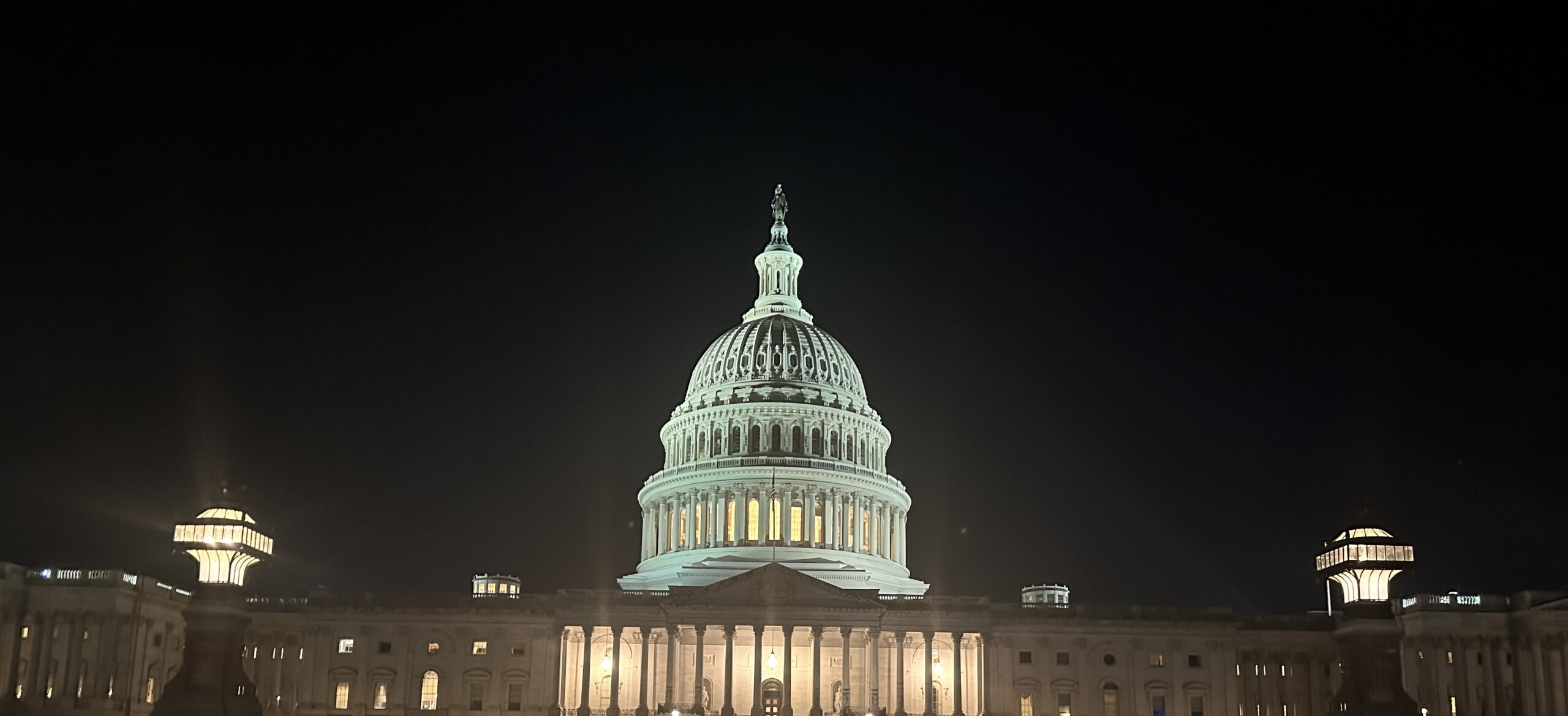On Monday, the U.S. Department of Agriculture (USDA) announced that enrollment for the Agriculture Risk Coverage (ARC) and Price Loss Coverage (PLC) programs will begin next Tuesday (January 21) and run through April 15. Even if you plan to keep the same elections, make sure to reach out to your local Farm Service Agency (FSA) office about signing your annual enrollment contract…preferably well before the deadline.
As you start to think about program election, the Effective Reference Prices for the 2025 crop year can be found in Table 1. The 2025 ARC-County benchmark yields and revenues as of January 6, 2025 can be downloaded here. While adjustments are being made to incorporate the latest data from FSA, the Agricultural & Food Policy Center’s (AFPC) 2025 ARC-CO/PLC Decision Aid will soon be available at https://afpc.tamu.edu. While we are more than a year away from knowing whether either program will trigger for the 2025 crop year, AFPC’s decision tool can be used to explore a variety of potential outcomes, including those based on the latest macroeconomic projections from our sister center, the Food & Agricultural Policy Research Institute (FAPRI) at the University of Missouri. If you have questions about the enrollment decision, don’t hesitate to reach out to us or a member of our team. We are happy to be a resource.
Table 1. Effective Reference Prices (ERPs) for the 2025 Crop Year
| Covered Commodity | Units | 2025 ERP |
| Wheat | Bushel | $5.56 |
| Barley | Bushel | $4.95 |
| Oats | Bushel | $2.76 |
| Peanuts | Pound | $0.2675 |
| Corn | Bushel | $4.26 |
| Grain Sorghum | Bushel | $4.51 |
| Soybeans | Bushel | $9.66 |
| Dry Peas | Pound | $0.1163 |
| Lentils | Pound | $0.2297 |
| Canola | Pound | $0.2054 |
| Large Chickpeas | Pound | $0.2477 |
| Small Chickpeas | Pound | $0.2190 |
| Sunflower Seed | Pound | $0.2015 |
| Flaxseed | Bushel | $11.53 |
| Mustard Seed | Pound | $0.2317 |
| Rapeseed | Pound | $0.2015 |
| Safflower | Pound | $0.2275 |
| Crambe | Pound | $0.2100 |
| Sesame Seed | Pound | $0.2317 |
| Seed Cotton | Pound | $0.3670 |
| Rice (long grain) | Pound | $0.1400 |
| Rice (med/short grain) | Pound | $0.1400 |
| Rice (temperate japonica) | Pound | $0.1990 |
Fischer, Bart L., and Joe Outlaw. “ARC and PLC Enrollment Starts Next Tuesday.” Southern Ag Today 5(3.4). January 16, 2025. Permalink





